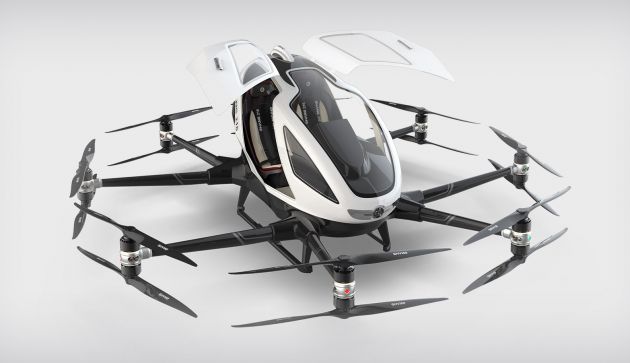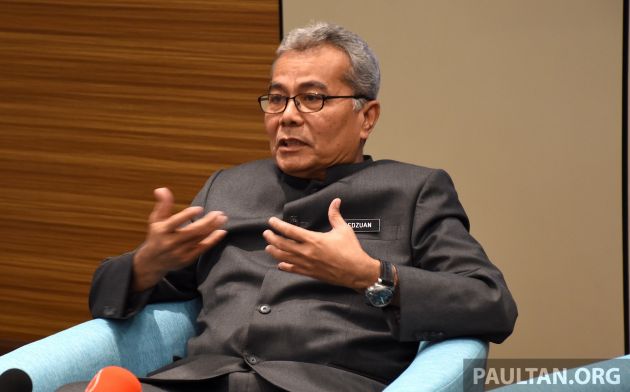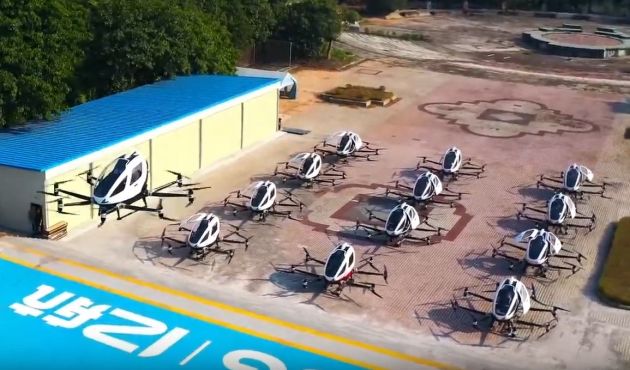It turns out that Malaysia’s first flying vehicle prototype, which was supposed to take to the air in a test session tomorrow, will not be doing so, because it has not been cleared for flight. The Civil Aviation Authority of Malaysia (CAAM) today announced in a statement that the planned test flight of the Chinese-made EHang 216 passenger drone that was scheduled for November 21 has not been authorised.
Earlier this week, entrepreneur development minister Datuk Seri Mohd Redzuan Md Yusof had announced the event and said that he would be a passenger in the two-seater during its maiden flight here.
The CAAM stated that while it supports the development of the aerospace industry in Malaysia, it said that all test and demonstration flights must be carried out in accordance with the Malaysian Civil Aviation Regulation 2016 (MCAR 2016) to ensure safety.
The agency said that the planned location of the test flight at the UNIKL MIAT Hangar Subang is less than 200 metres away from commercial airline and helicopter traffic and clearly within the Subang Airport terminal control zone, which is under strict supervision by air traffic control.
“In addition to this, the EHang 216 was only issued a special flight permit (SFP) by its State of Design (Civil Aviation Administration of China), which is limited to conduct Research & Development Flights in Grand World Science Park, Guangzhou,” it said in its statement. It added that it is open to consider the request for a test flight of the EHang 216 at an appropriate location, and with the support of the aircraft’s State of Design.
The agency said it is also carrying out an investigation into the unauthorised demonstration flight involving the passenger drone – which is made by Chinese company Beijing Yi-Hang Creation Science & Technology Co – on November 15 at the same area within Subang Airport.
The EHang 216 is a passenger drone with eight arms, each mounting two electric motors that are connected to propellers, making for 16 rotors in all. The 360 kg unit features an aero-cab structure capable of accomodating two passengers, with payload rated at 260 kg. Performance figures include a cruising speed of 130 km/h and a flight range of around 35 km.
News reports indicate that the project, which will see the EHang 216 being introduced here as the Super Dron, is a joint venture between local company EastCap Berhad and two Chinese companies, EHang Intelligent Equipment (Guangzhou) and Strong Rich Holdings. The strategic partnership is set to handle the marketing, operation and maintenance of the Super Dron in the country.
Source: Read Full Article



